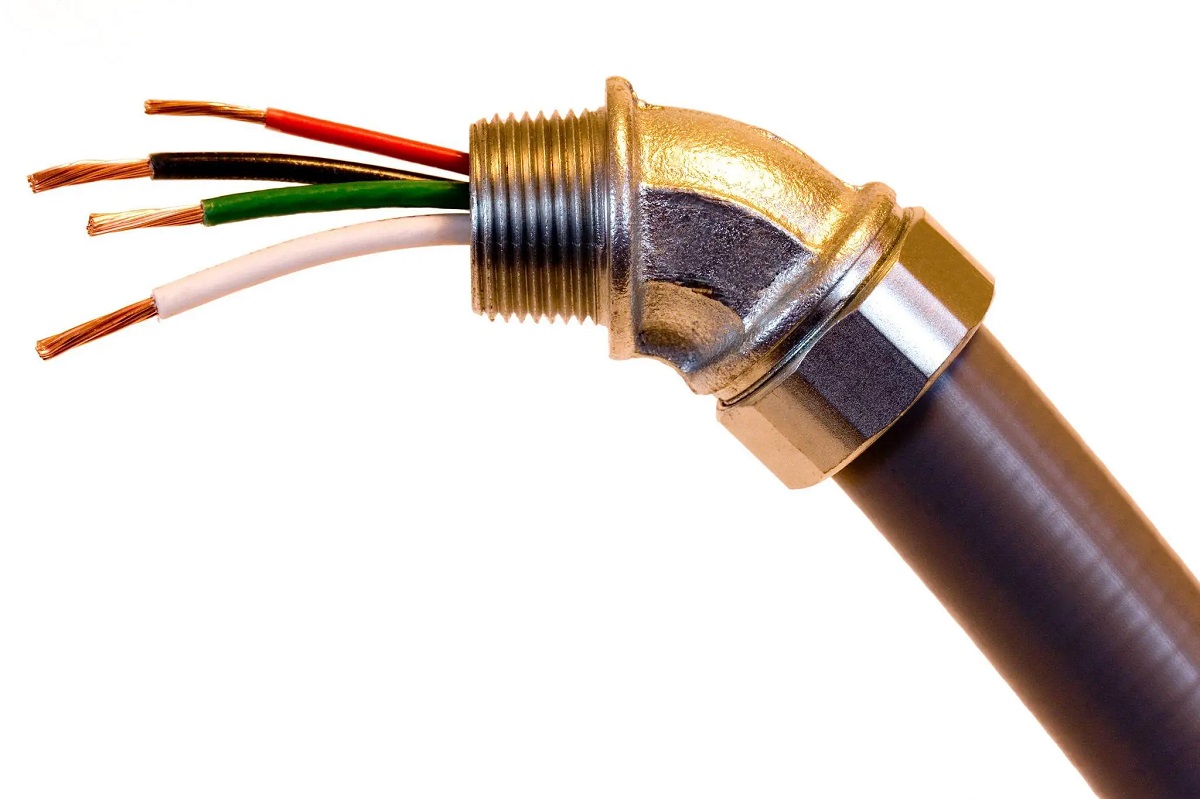

Articles
What Size Conduit For 6/3 Wire
Modified: August 27, 2024
Find out the right conduit size for your 6/3 wire installation with this informative article. Learn more about conduit sizing and requirements.
(Many of the links in this article redirect to a specific reviewed product. Your purchase of these products through affiliate links helps to generate commission for Storables.com, at no extra cost. Learn more)
Introduction
When it comes to electrical wiring, choosing the right conduit size is crucial. The conduit serves as a protective housing for the wires and helps prevent any damage or hazards. If you are planning to install a 6/3 wire for your electrical project, you need to determine the appropriate conduit size. In this article, we will explore the factors to consider when selecting conduit size for 6/3 wire, ensuring a safe and efficient electrical installation.
Before we delve into the specifics of conduit size for 6/3 wire, let’s first understand what conduit size represents and why it is important. Conduit size refers to the internal diameter of the conduit, which determines the capacity and compatibility of the wire that can be installed. This ensures that the wire fits properly and allows for easy installation and future maintenance.
Now, let’s explore the steps to determine the right conduit size for your 6/3 wire. By following these guidelines, you can ensure a successful and compliant electrical installation.
Key Takeaways:
- Proper conduit sizing for 6/3 wire is crucial to prevent overheating and ensure safe electrical installations. Consider factors like future expansion, bend radius, pulling tension, conduit material, and local codes for a successful project.
- Always consult the NEC guidelines and local electrical codes, and consider the fill percentages to calculate the minimum conduit size for 6/3 wire. When in doubt, seek the expertise of a licensed electrician to ensure a reliable and compliant electrical system.
Read more: What Size Conduit For 12/2 Wire
Understanding Conduit Size
Conduit size is measured in inches and typically ranges from ½ inch to 4 inches in diameter. The chosen conduit size should accommodate both the wire and any future additions or modifications to the electrical system. It is essential to understand the concept of conduit fill, which refers to the amount of available space within the conduit once the wire is installed.
The National Electrical Code (NEC) provides guidelines for conduit fill to ensure that wires are not overcrowded, which could lead to overheating and potential fire hazards. These regulations are in place to maintain the integrity and safety of electrical systems.
Conduit fill calculations help determine the maximum number and size of wires that can be safely installed within a conduit. Factors such as wire gauge, insulation type, and the number of conductors influence the recommended conduit size.
Typically, the NEC specifies a maximum fill percent for different wire sizes and conduit diameters. For example, a ½ inch conduit may have a maximum fill of 40%, meaning the wires should occupy no more than 40% of the available space. Adhering to these guidelines ensures proper airflow, dissipation of heat, and ease of installation and maintenance.
It’s important to note that conduit fill calculations can vary depending on the specific electrical code in your region. Always consult the latest NEC requirements or seek guidance from a licensed electrician.
Now that we have a basic understanding of conduit size and fill, let’s move on to determining the appropriate wire size for your 6/3 wire.
Determining Wire Size
Choosing the correct wire size is essential for the safe and efficient operation of your electrical system. Wire size is determined based on the amount of current it can safely carry without causing overheating or voltage drop. The wire gauge, also known as the American Wire Gauge (AWG), is used to denote the size of electrical wires.
The wire size required for your electrical project depends on various factors, including the maximum current expected, the length of the wire run, and the type of load being powered. To determine the appropriate wire size, you can refer to the NEC’s ampacity charts, which provide recommendations based on the current capacity of different wire sizes.
When deciding on the wire size for your 6/3 wire, consider the amperage rating of the wire. The 6/3 wire typically has a voltage rating of 600 volts and consists of three conductors: two hot wires and one neutral wire. The ampacity of the wire determines the maximum current it can safely handle.
For example, a 6/3 wire with a copper conductor typically has an ampacity of 55 amps. This rating indicates that the wire can safely carry a maximum of 55 amps of current without exceeding its temperature limits.
However, it’s important to note that wire size selection should also consider the specific requirements of your electrical system. Factors such as the ambient temperature, insulation type, and the presence of other wires in close proximity can affect the overall heat dissipation and ampacity of the wire.
Always consult the NEC or enlist the services of a qualified electrician to ensure accurate wire size selection, especially for complex electrical installations or critical applications.
Now that we have determined the appropriate wire size for your 6/3 wire, let’s move on to calculating the conduit size.
Calculating Conduit Size for 6/3 Wire
Once you have determined the wire size for your 6/3 wire, the next step is to calculate the appropriate conduit size to accommodate the wire. Proper conduit sizing ensures that the wire fits comfortably and allows for easy installation, maintenance, and potential future expansions or modifications.
To calculate the conduit size for your 6/3 wire, you need to consider the fill percentage allowed by the NEC. The NEC specifies different fill percentages based on the type of conduit material and the wire size. These fill percentages ensure that the wires are not tightly packed, allowing for proper airflow and preventing any potential overheating issues.
Typically, you will need to calculate the fill percentage for each wire within the conduit. For a 6/3 wire, which consists of three conductors (two hot wires and one neutral), you will need to calculate the fill percentage for each conductor separately.
Let’s assume we are using a PVC conduit, which has a fill percentage of 40% for wires larger than 6 AWG. Using the ampacity rating of the 6/3 wire, which is typically 55 amps, we can calculate the minimum conduit size needed.
First, convert the fill percentage to a decimal. In this case, 40% becomes 0.40. Next, multiply the ampacity of the wire (55 amps) by the fill percentage (0.40) to get the minimum conduit size. In this example, the minimum conduit size would be 22 amps (55 amps * 0.40).
It’s important to note that you must always round up to the nearest conduit size that is available in your region. In this case, since 22 amps does not match a standard conduit size, you would round up to the next available size, which is typically 1 inch.
Remember to double-check the specific NEC requirements and consult a licensed electrician to ensure accurate conduit size calculations for your 6/3 wire, as local codes and regulations may vary.
Now that we have calculated the conduit size for your 6/3 wire, let’s explore some additional factors to consider when choosing conduit size.
Factors to Consider
When determining the conduit size for your 6/3 wire, there are several factors to consider beyond just the wire size and ampacity. These factors will help ensure a successful, efficient, and compliant electrical installation.
Read more: What Size Conduit For A 4-Gauge Wire
Future Expansion
It’s important to consider future expansion or modifications to your electrical system when selecting conduit size. If you anticipate adding more circuits or wires in the future, it’s wise to choose a conduit size that provides enough room for those additions. This will save you the hassle of having to replace the conduit later on.
Bend Radius
The bend radius refers to the minimum radius that a conduit can safely bend without damaging the wires inside. It’s crucial to select a conduit size that allows for proper bend radius, as tight bends can cause wire insulation to wear out or potentially break. Refer to the manufacturer’s specifications for bend radius recommendations.
Pulling Tension
Consider the pulling tension while installing wires into the conduit. Larger conduit sizes provide more space, making it easier to pull the wires through without damaging them. If you anticipate challenges in pulling the 6/3 wire through the conduit, it may be wise to choose a slightly larger conduit size to ease the installation process.
Conduit Material
The type of conduit material can also impact the conduit size selection. Different materials have specific fill percentages and dimensions. Make sure to consult the manufacturer’s recommendations and local codes to select the appropriate conduit material for your scenario.
Read more: What Size Conduit For 10/2 Wire
Local Codes and Regulations
Always adhere to the local electrical codes and regulations when determining conduit size. Codes can vary by region and may have specific requirements for conduit sizing, wire fill percentages, and other considerations. It’s essential to stay up to date with the latest codes or consult a licensed electrician to ensure compliance.
By taking these factors into account when selecting the conduit size for your 6/3 wire, you can ensure a safe, efficient, and future-proof electrical installation.
Conclusion
Choosing the right conduit size for your 6/3 wire is crucial for a safe and efficient electrical installation. By understanding conduit size, determining the appropriate wire size, and calculating the conduit size based on fill percentages, you can ensure that your electrical system meets all necessary requirements and regulations.
Consider factors such as future expansion, bend radius, pulling tension, conduit material, and local codes when selecting the conduit size. Taking these factors into account ensures that your electrical system is not only compliant but also allows for ease of installation, maintenance, and potential future modifications.
Whether you are a homeowner undertaking a DIY project or a professional electrician, it’s essential to consult the latest NEC guidelines and follow local electrical codes to ensure a safe and reliable electrical installation.
Remember, if you are unsure about the conduit size selection or any aspect of your electrical installation, it is always recommended to consult with a licensed electrician. Their expertise and knowledge will ensure that your electrical system is properly designed, installed, and in compliance with all applicable regulations.
By carefully considering the conduit size for your 6/3 wire and following industry best practices, you can have the peace of mind knowing that your electrical system is reliable, efficient, and will serve you well for years to come.
Frequently Asked Questions about What Size Conduit For 6/3 Wire
Was this page helpful?
At Storables.com, we guarantee accurate and reliable information. Our content, validated by Expert Board Contributors, is crafted following stringent Editorial Policies. We're committed to providing you with well-researched, expert-backed insights for all your informational needs.
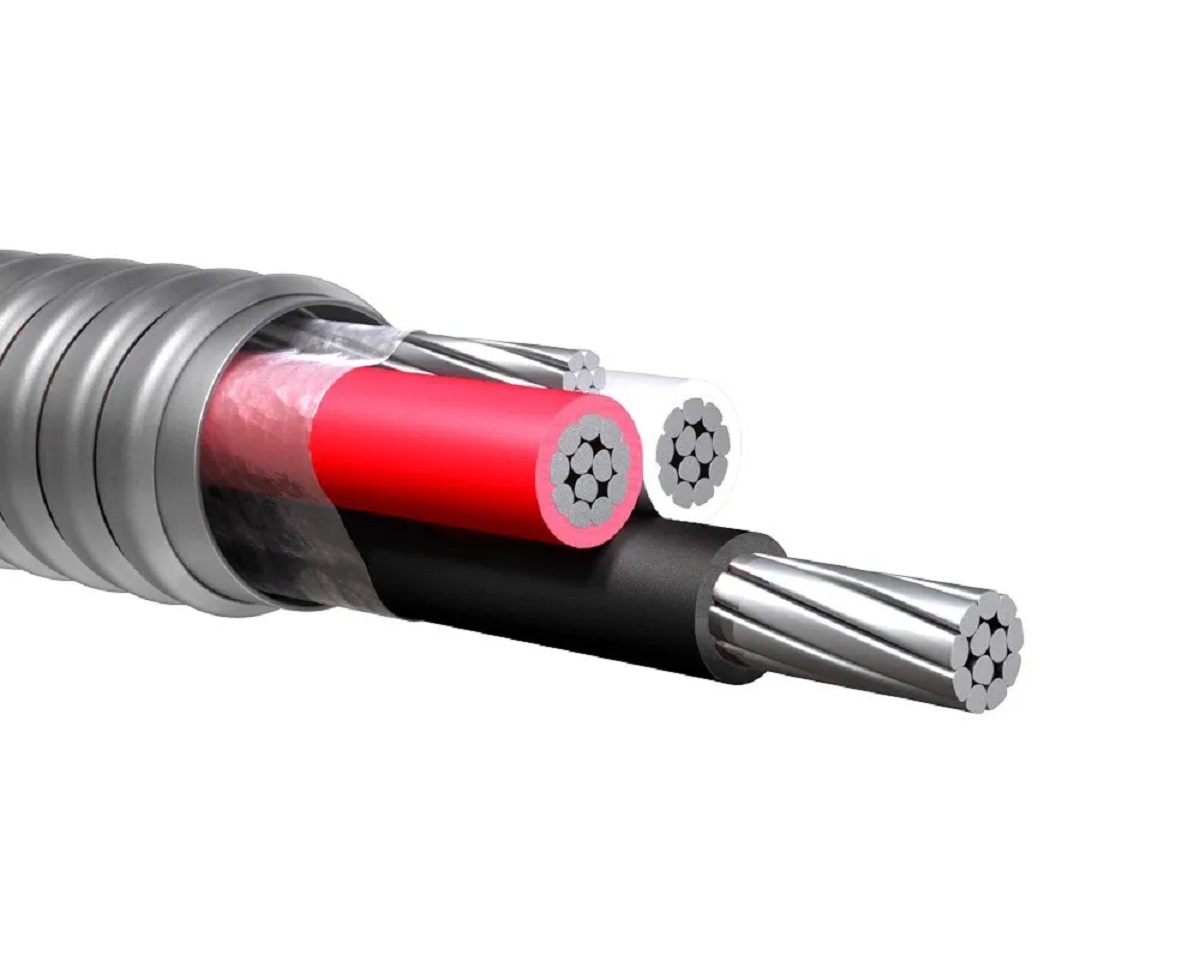
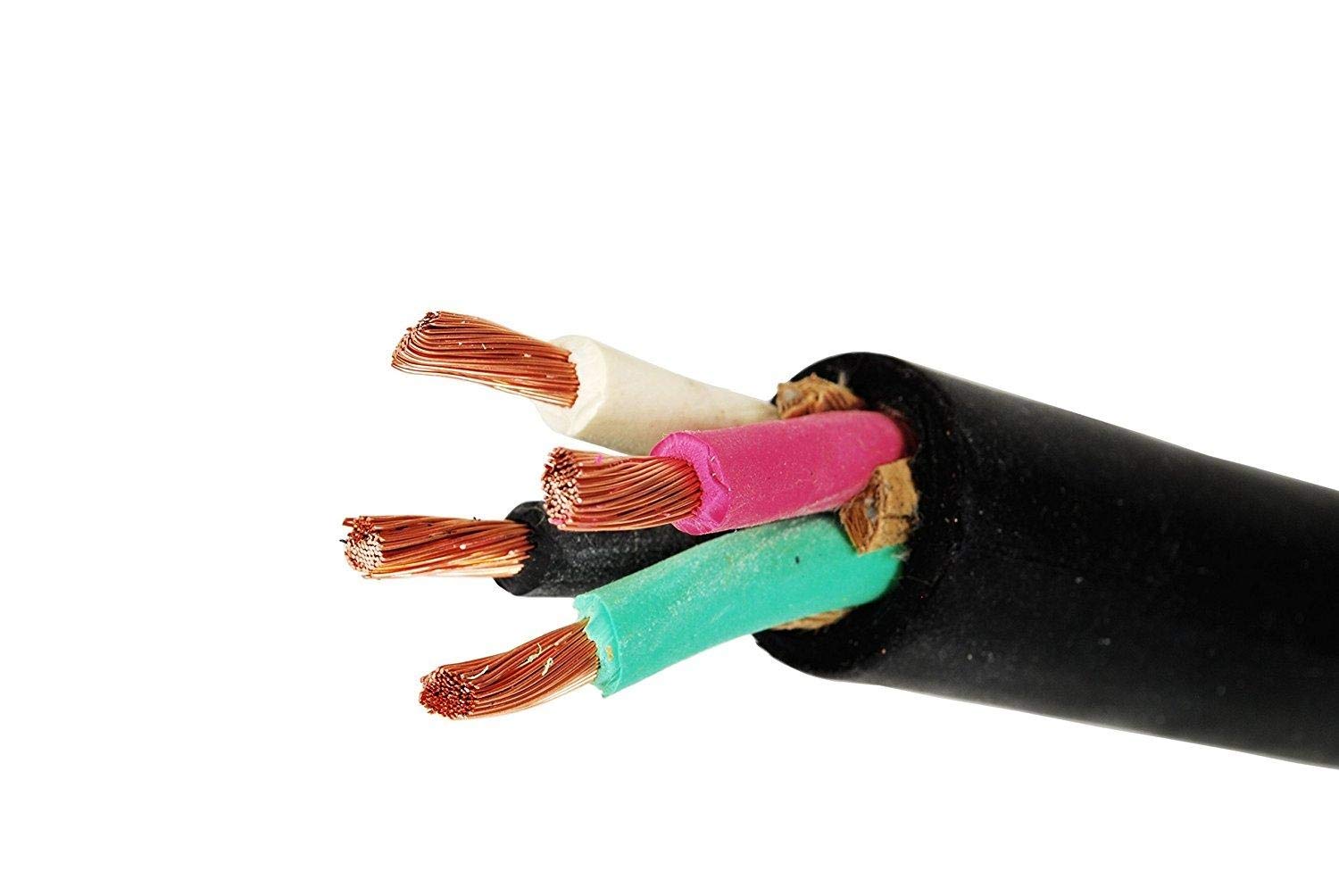
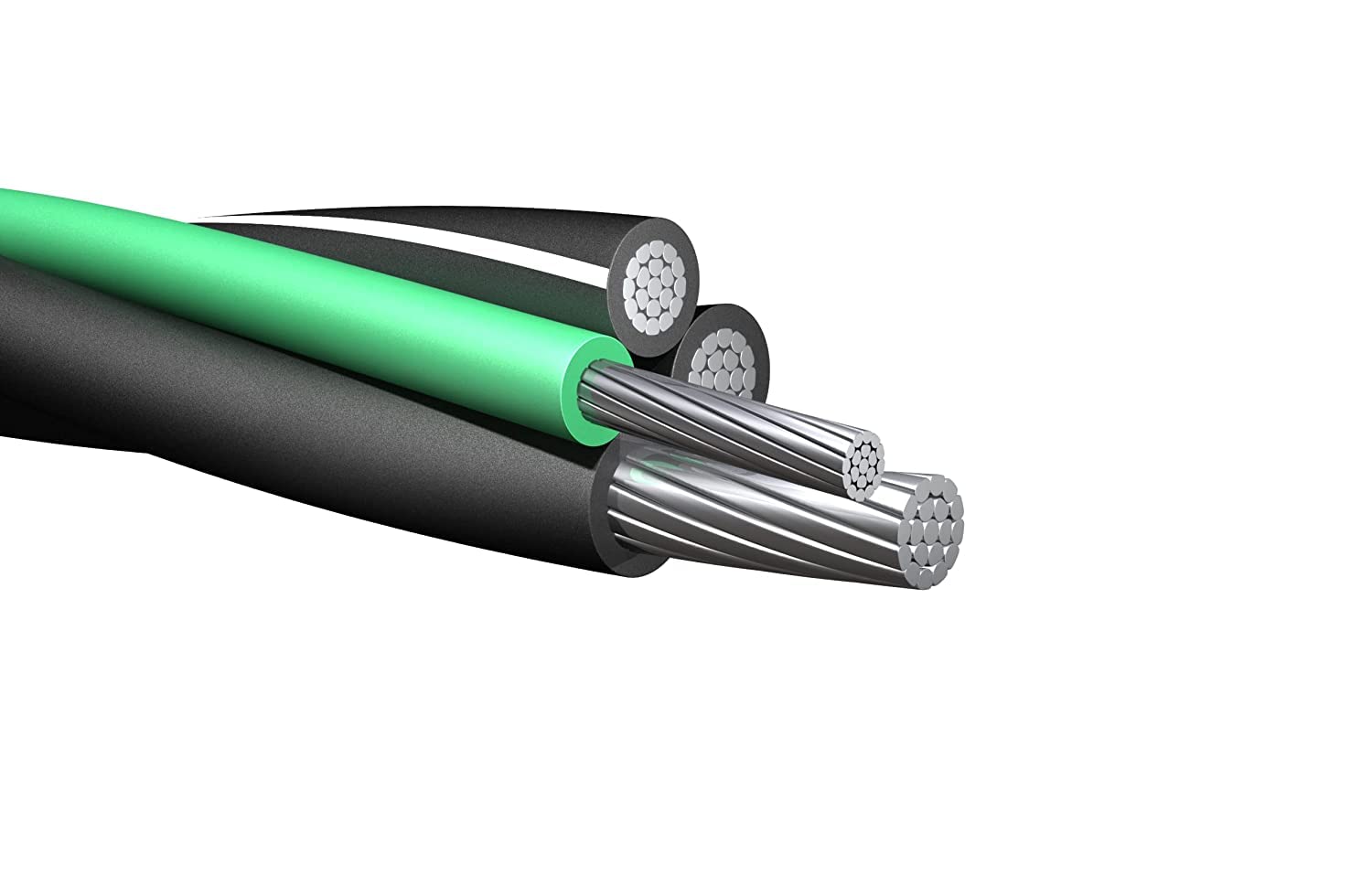
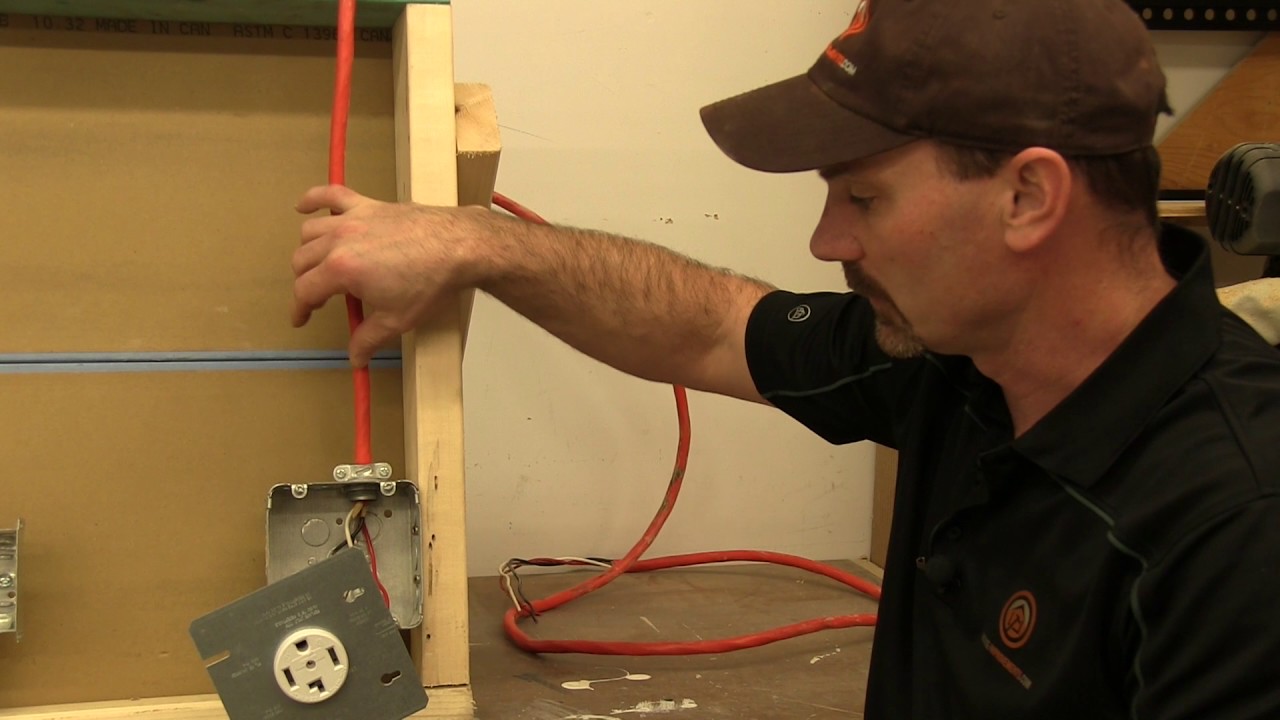
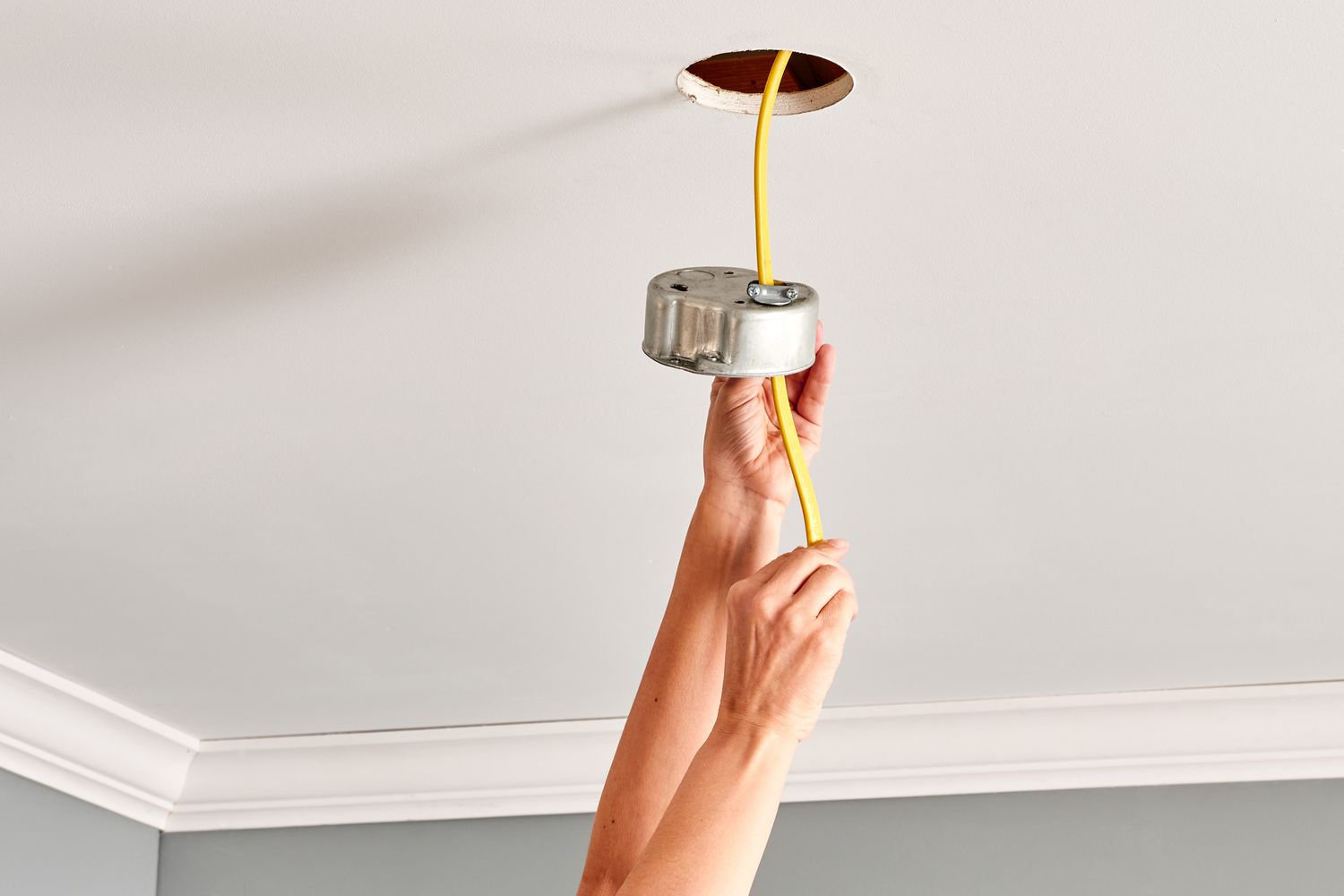
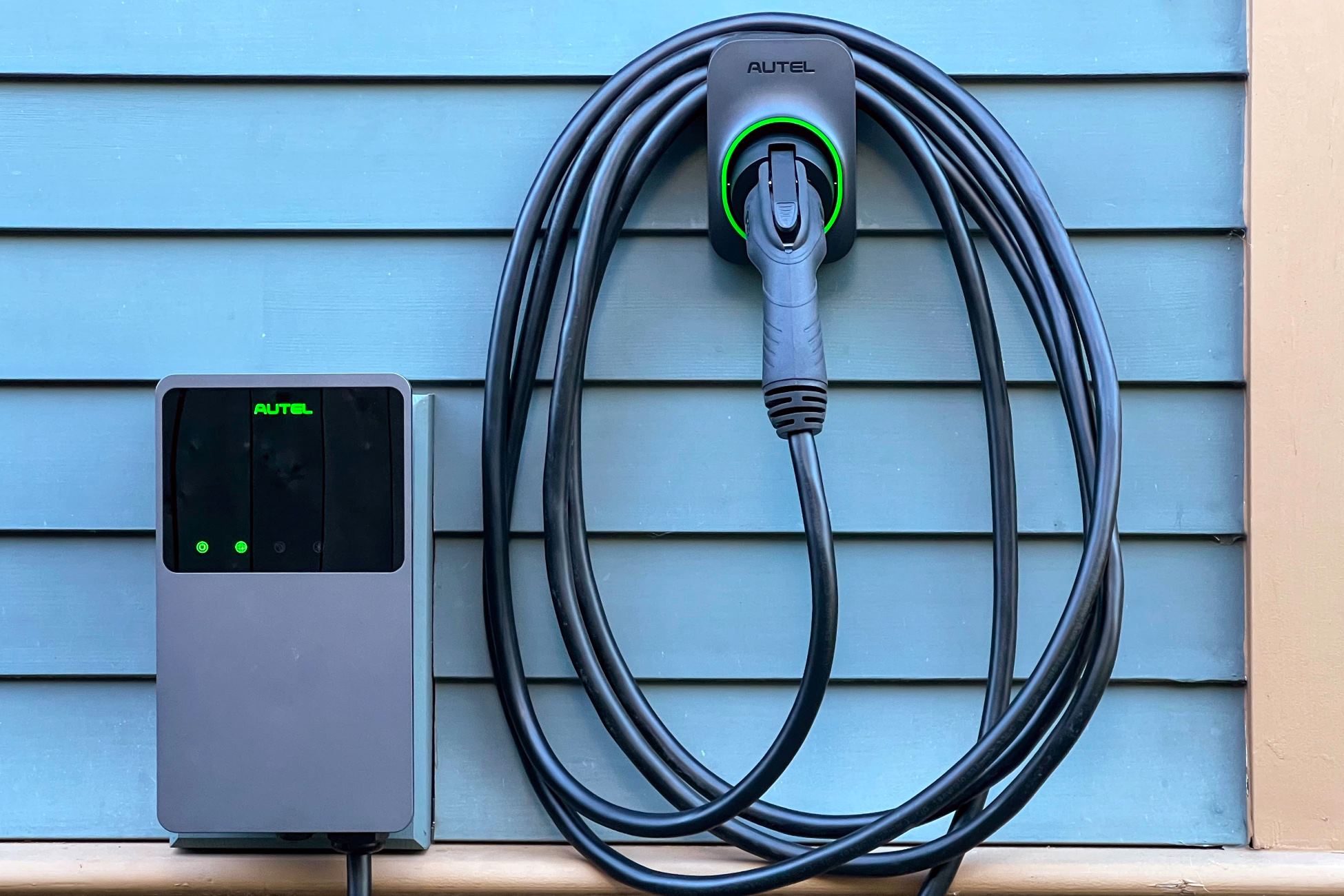
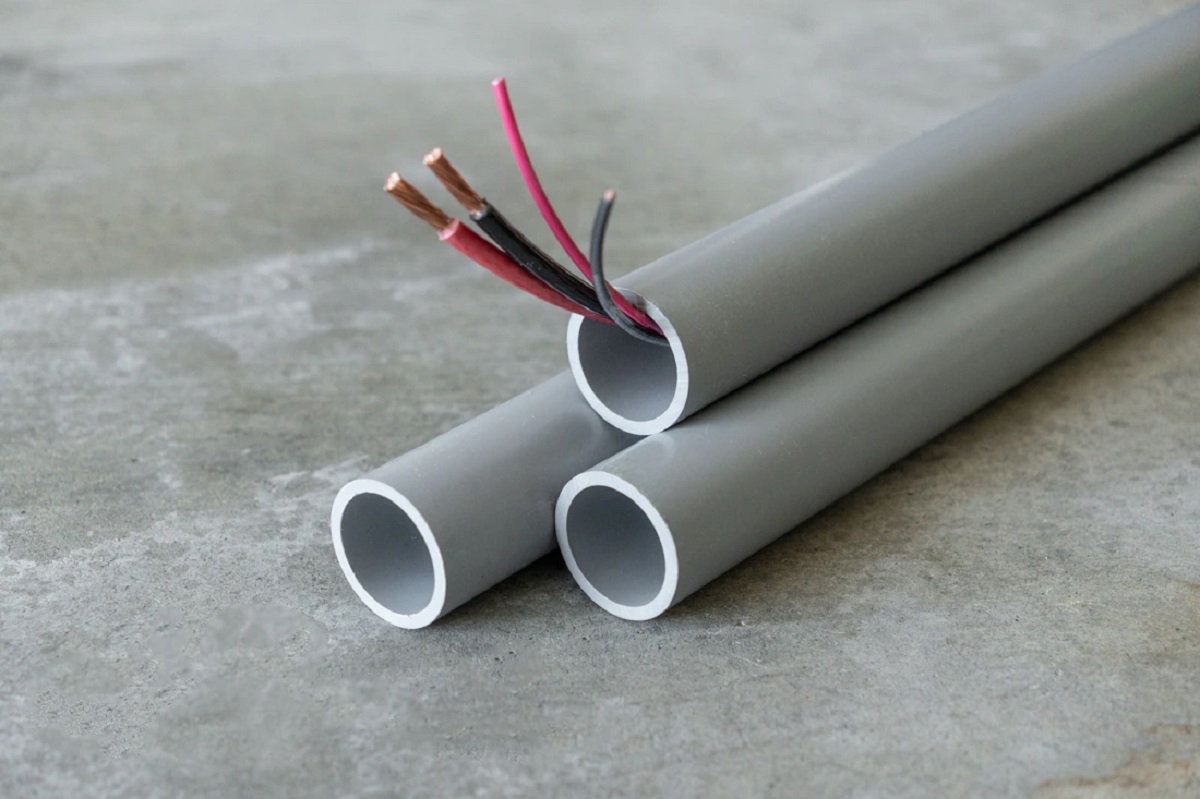
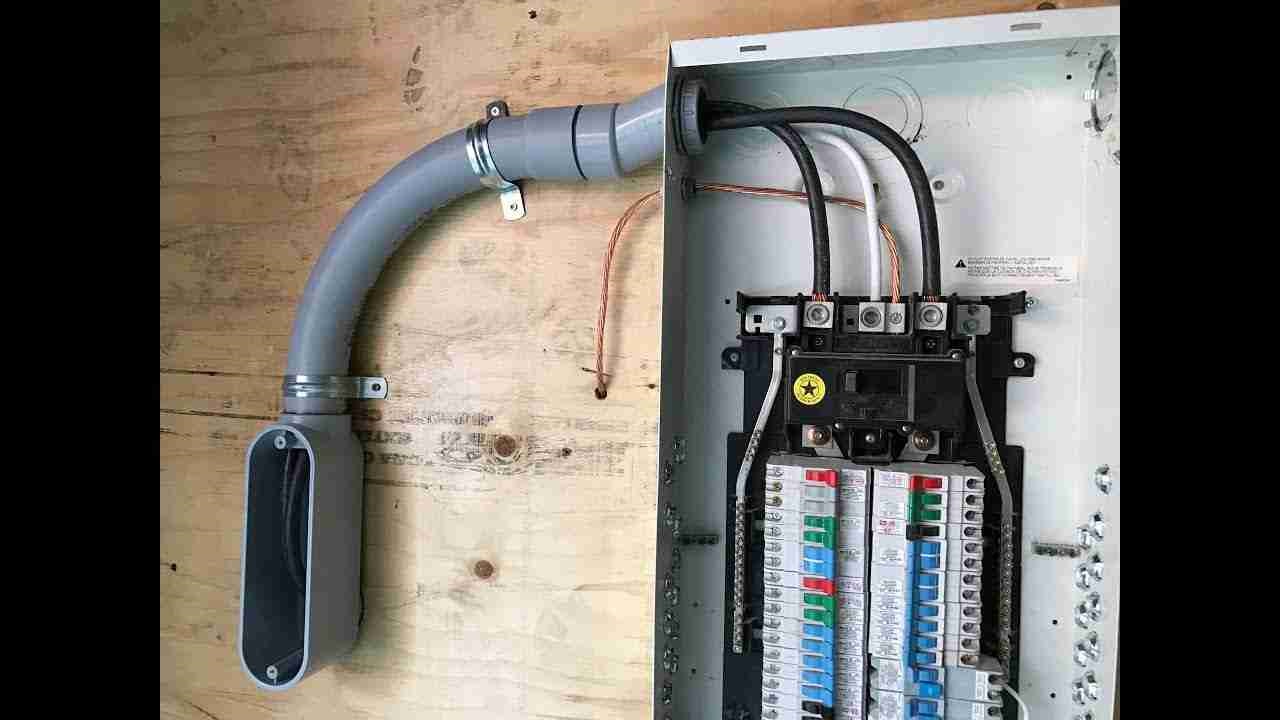
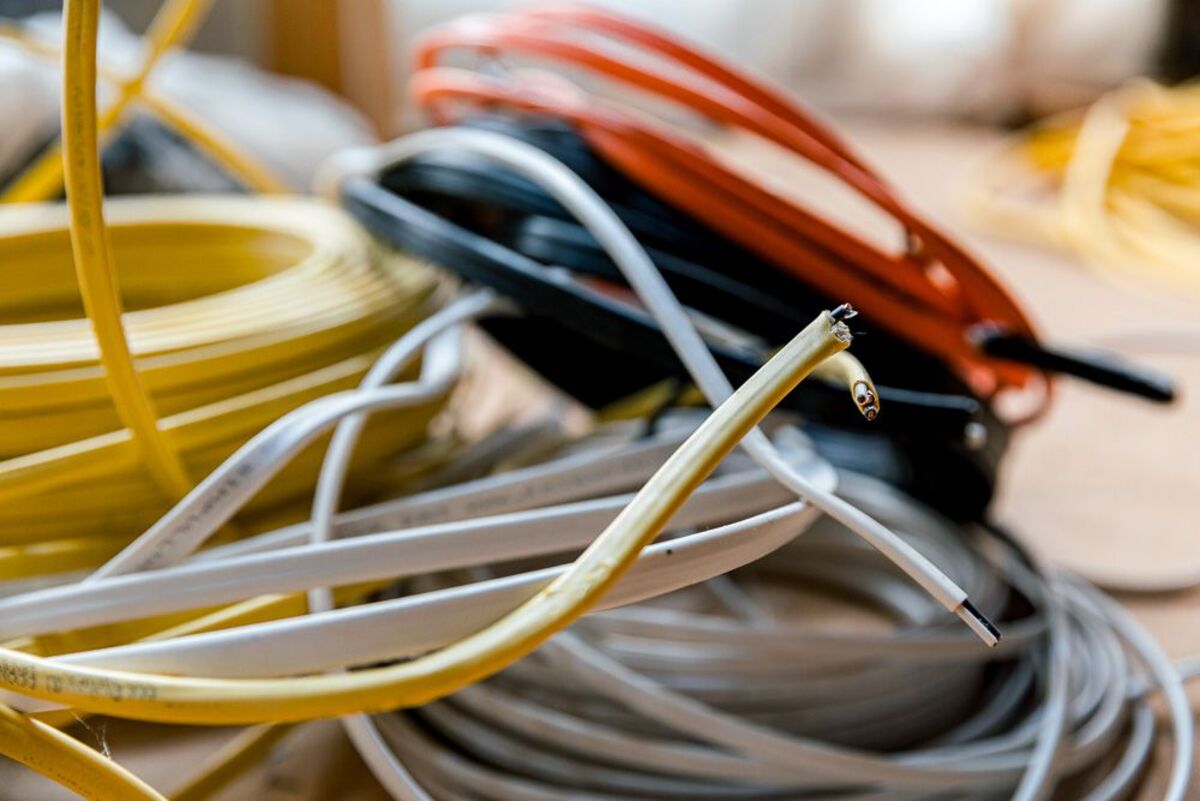
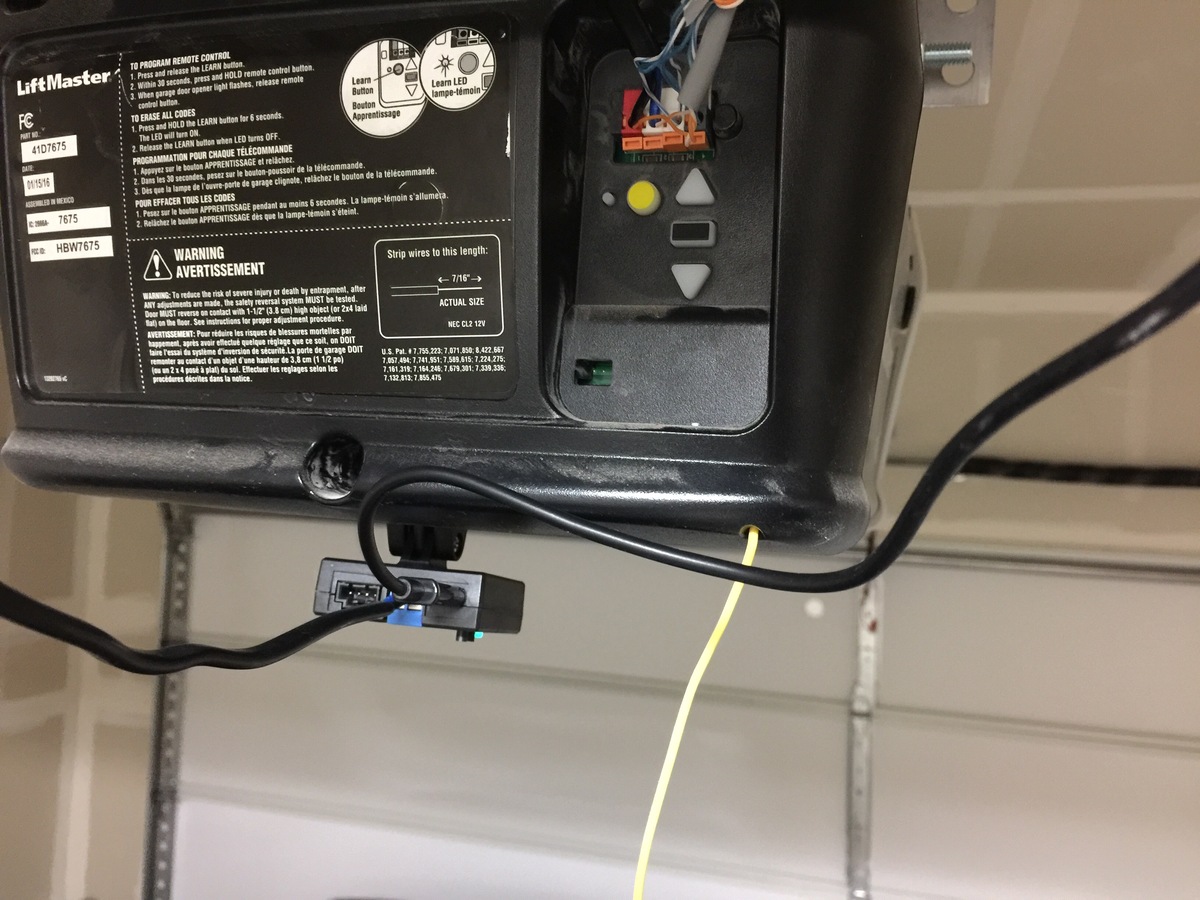
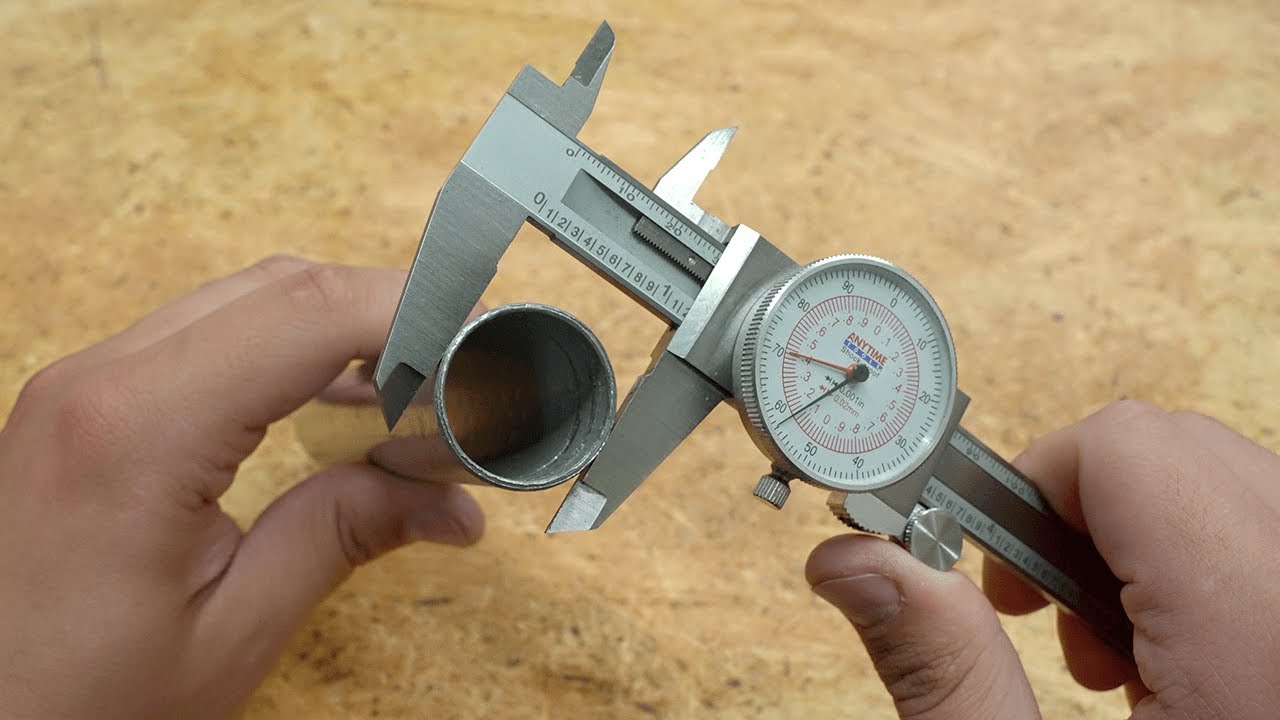
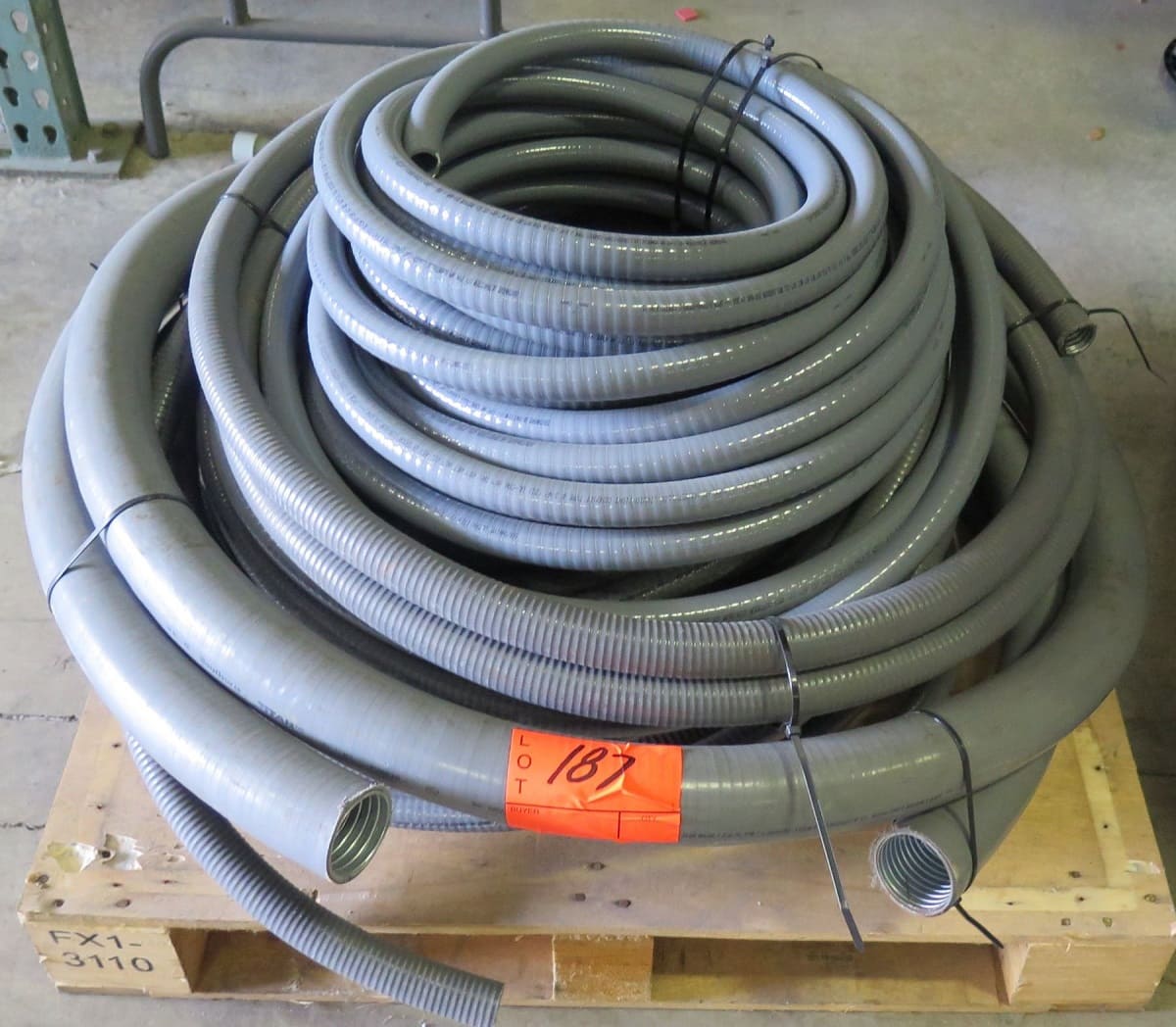
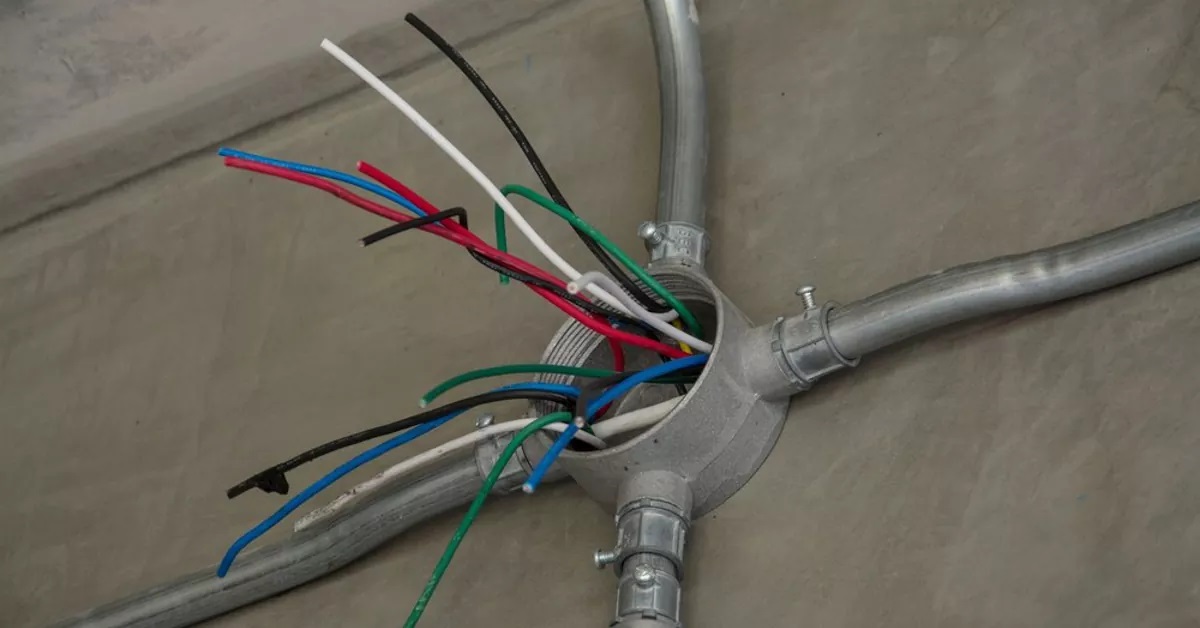

0 thoughts on “What Size Conduit For 6/3 Wire”